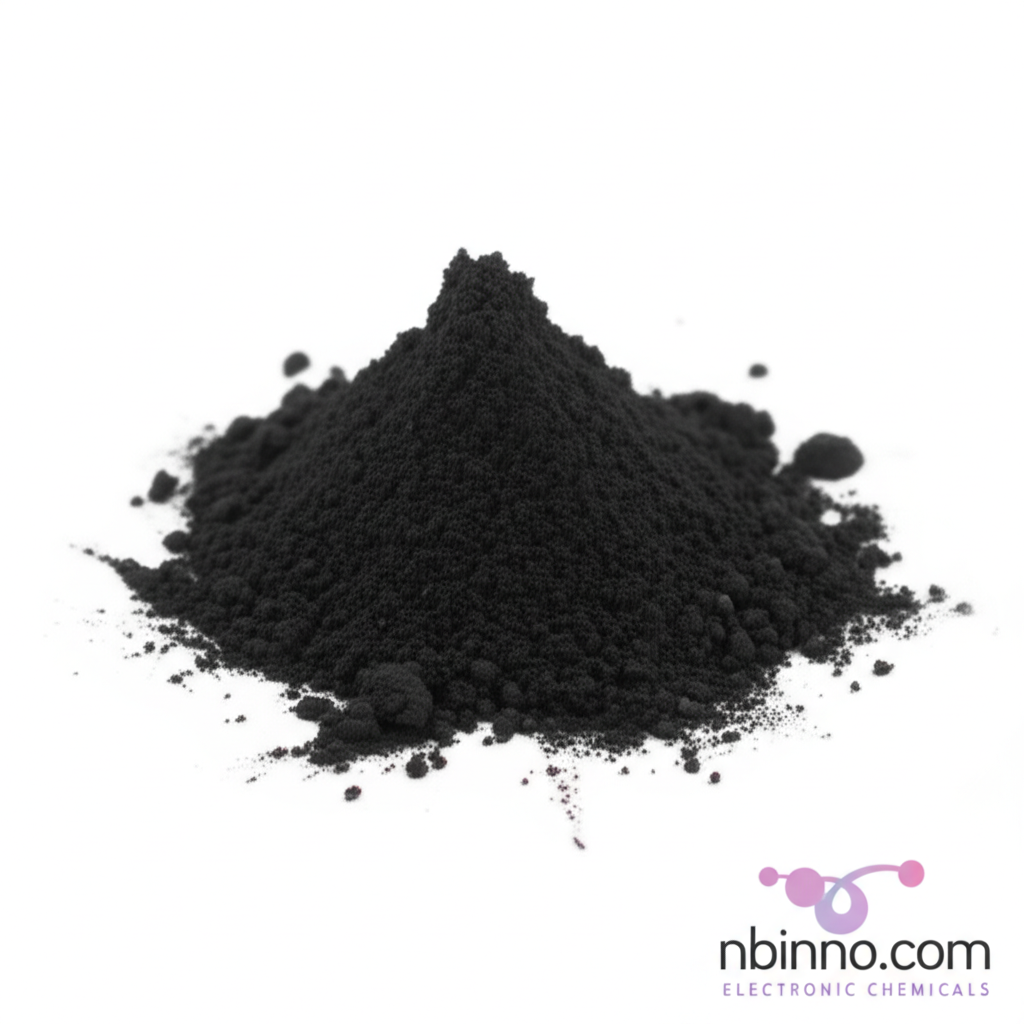Leishman's Stain (CAS 12627-53-1): A Vital Biological Stain for Microscopy Applications
Discover the essential role of Leishman's stain in accurate blood cell differentiation and parasite identification.
Get a Quote & SampleProduct Core Value

Leishman's Stain (9CI)
Leishman's stain, identified by CAS 12627-53-1, is a critical component in biological and medical laboratories. Its unique formulation allows for the precise differentiation of blood cells and the identification of various microorganisms, particularly parasites. This stain is indispensable for accurate hematological analysis and diagnostic procedures.
- Precisely differentiate blood cells for accurate hematological analysis using Leishman's stain CAS 12627-53-1.
- Identify parasites and other microorganisms with high accuracy, a key application of this vital biological stain for microscopy.
- Leverage its effectiveness as a diagnostic reagent in various medical and research settings.
- Explore its classification within Electronic Chemicals, specifically as a Photoresist Chemical, revealing broader industrial applications.
Key Advantages of Using This Product
Superior Cell Differentiation
Achieve unparalleled clarity in distinguishing different types of blood cells, crucial for diagnosing various health conditions. This is a primary benefit of employing a specialized biological stain for microscopy.
Effective Parasite Identification
The stain's efficacy in visualizing parasitic organisms aids significantly in the diagnosis of infectious diseases, making it a cornerstone for parasite identification.
Broad Application Spectrum
While essential in hematology, its potential use as a photoresist chemical highlights its versatility across scientific disciplines, including advanced electronic chemical applications.
Key Applications
Hematological Analysis
Essential for routine blood cell counts and morphology studies, ensuring accurate health assessments and supporting diagnostic reagent development.
Parasitological Diagnosis
A primary tool for identifying parasitic infections in blood smears, vital for public health and research into tropical diseases.
Microscopy Research
Used widely in academic and research settings to study cellular structures and biological processes, underscoring its value as a biological stain for microscopy.
Electronic Chemical Sector
Its classification as a Photoresist Chemical suggests potential advanced uses in the electronics industry, contributing to semiconductor manufacturing processes.
